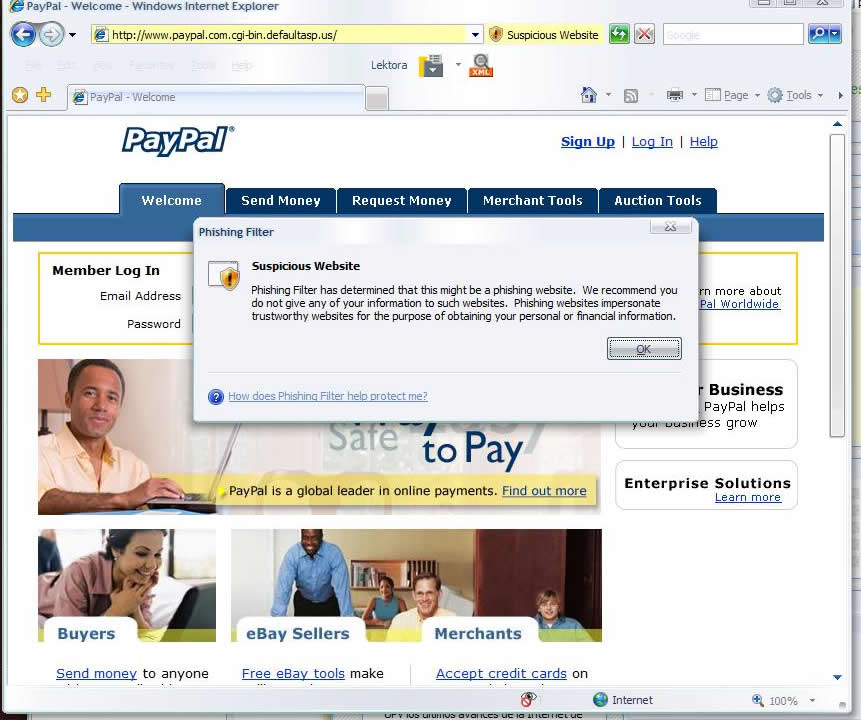
11
AprilReporting a Website to Google: A Comprehensive Guide
In today’s digital landscape, the internet serves as a vast platform for information sharing, communication, and business. However, with its vastness comes the challenge of maintaining quality, safety, and compliance with established regulations. Users may encounter websites that are misleading, malicious, or violate GOOGLE DELETE PHISING’s policies. In such cases, it becomes crucial to report these harmful or infringing websites to Google. This report aims to provide an in-depth understanding of how to effectively report a website to Google, the reasons for doing so, and the impact of such actions on the wider digital ecosystem.
Understanding the Need to Report Websites
The necessity to report a website arises from various issues, including:
- Malware and Security Threats: Websites may host malware, phishing content, or other harmful software that can compromise user security. Reporting such sites helps protect users from potential harm.
The Process of Reporting a Website to Google
Reporting a website to Google is a straightforward process, undertaken through specific forms created by Google for different types of issues. Here’s a step-by-step guide:
1. Identify the Issue
Before reporting a website, determine the nature of the issue you wish to report. Google provides distinct reporting tools for different categories, including:
- Phishing: For websites attempting to deceive users into providing sensitive personal information.
2. Access the Appropriate Reporting Tool
Google has established several domains for reporting issues:
- Reporting Phishing and Malware: Use the Google Safe Browsing page (https://safebrowsing.google.com/safebrowsing/report_phishing.html) for phishing attempts and malware-related issues.
Each tool is designed to gather relevant information and facilitate the reporting process accordingly.
3. Fill in the Report Form
Once you have accessed the correct reporting tool, fill in the report form:
- URL Submission: Enter the URL of the website you are reporting.
4. Submit the Report
After reviewing your report for accuracy, submit the form. Google will acknowledge receipt of your report, and while responsiveness may vary, diligent reports are taken seriously.
The Impact of Reporting
When you report a site to Google, several outcomes may occur:
- Investigation: Google reviews the report and, if necessary, conducts an investigation into the reported website. This may involve manual checks or automated systems identifying violations.
- Delisting the website from search results.
- Notifying the website owner of the issues.
- User Safety: By successfully reporting harmful websites, users contribute to a safer internet environment. It protects other users from potential harm.
Best Practices for Reporting
To maximize the impact of your report, consider these best practices:
- Be Specific: Provide clear and concise information about the issue. Unsupported claims may lead to less effective action.
Conclusion
Reporting a website to Google is a crucial civic duty in today’s digital age. It empowers users to take action against harmful content, promotes internet safety, and fosters adherence to copyright and community standards. By understanding the reporting process, identifying issues appropriately, and following best practices, individuals can play an integral role in enhancing the integrity of the information available online. Each report contributes to a collective effort to create a safer, more reliable web for everyone. Hence, as vigilant internet users, all individuals share the responsibility of identifying and reporting harmful or violating content, ensuring a healthier digital landscape for current and future users alike.
In summary, this guide not only underscores the importance of reporting but also equips users with the knowledge necessary to effectively address issues and foster a better online community.


Reviews